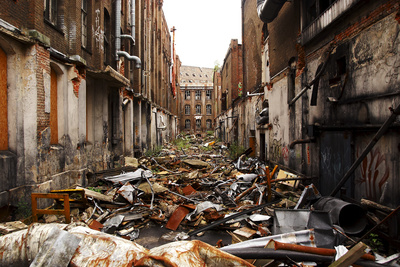Residents began sorting domestic waste in a project applying the 3R waste treatment model that aimed to reduce, reuse and recycle the waste. The project was hailed as having many advantages and was described as the “technology of the future.”
However, the project did not continue once the pilot ended in 2009. It was the year when funding from JICA ended.
The Hanoi Urban Environment Service Company said that the model cannot be applied on a large scale because of the limited budget. Meanwhile, the natural geographical conditions in the city do not facilitate the implementation of the program, under which large land areas are needed for two different dust bins.
Residents of the city classified domestic waste into three groups during the pilot project. They classified the waste into organic garbage, inorganic waste and waste for recycling. The waste was then brought to the Cau Dien Plant where it was processed into fertilizer.
The waste sorting was implemented in Phan Chu Trinh, Thanh Cong, Nguyen Du and Lang Ha wards in the first phase of the project. It helped reduce 30% of the volume of waste for dumping. The project also helped ease pollution, save costs for waste treatment and prolong the life of dumping grounds.
Both organic and inorganic waste is now put together and carried away even though the city residents still classify the waste at source.
The project has now fallen into oblivion.







